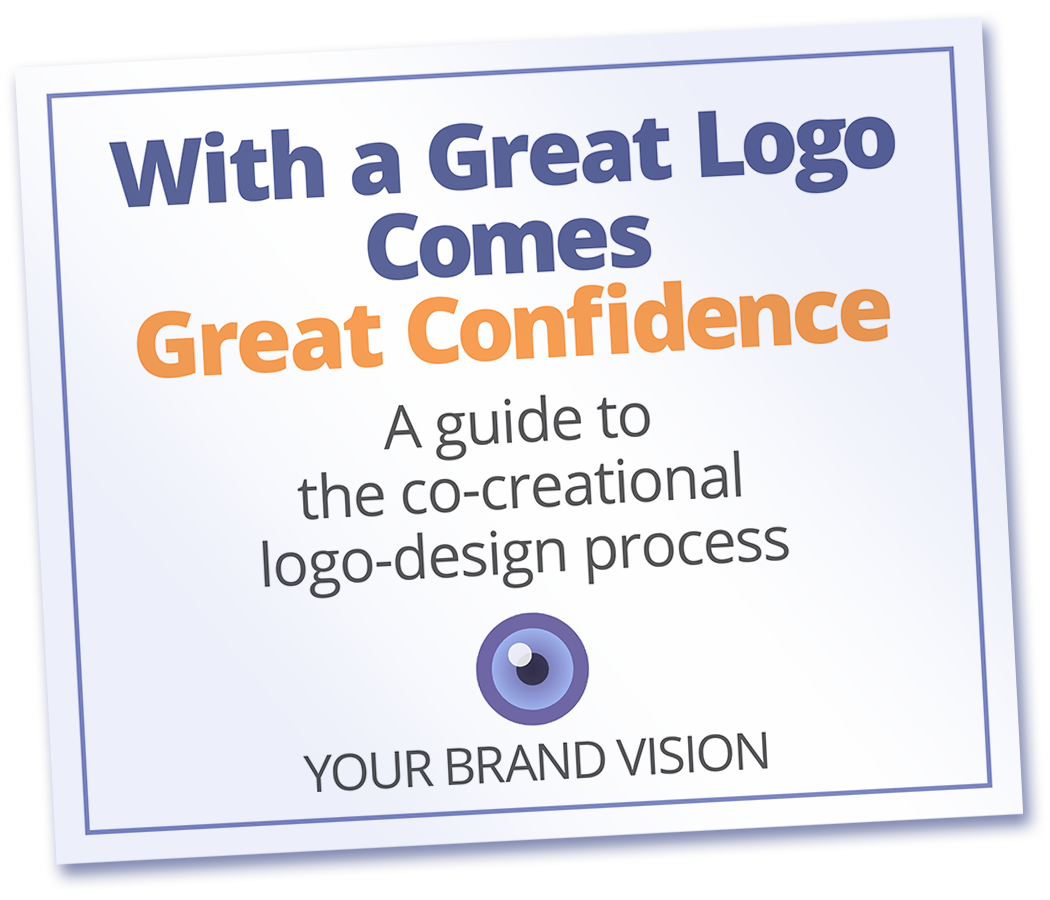The Front Page Turf War

As a child, I often wondered how all the content could fit so neatly into the newspaper. I never saw any empty pages, nor did extra pages emerge in the mailbox containing content “left-overs.”
Later in life, I realized that this accurate leverage of content and format was the consequence of someone planning and editing the content so it fit nicely within the space available. Cool.
To edit content means to make decisions on what is more important and place it accordingly. We structure the content; this is necessary for any content type. A book has its chapters, titles, and paragraphs. A newspaper has pages and sections for news, sports, and culture, among others. A website has pages with diverse content, and each page has its structure.
On websites, the first thing that meets the eye of the visitor is the “front page” or the “home page.” This page is prime digital real estate and attractive indeed: this is where everyone wants to be.
If you work in a larger organization, you may have participated in, or at least witnessed, a (somewhat) sharp internal discussion about “what is going on the front.” All departments regard their topic/content as the most important, and veritable turf wars may occur about the Front Page. Maybe this silo mentality is a symptom of a lack of identification and ownership of the common goals and strategy of the business?
As a solopreneur, you must fight this turf war with yourself, but it is still very much about strategy. You have to know what to communicate first. Among all your offers and thoughts and the arguments you may have about why you are the right person to help the right people, you have to choose by importance. You must create a hierarchy, find a structure, and prioritize placement in the presentation, which reflects on the strategy of your business.
What does all this have to do with Graphic Design? Everything. Graphic design is the ultimate tool for visualizing structure. Graphic design cannot take place before there is a structure to visualize. When it does, however, graphic design offers visual means galore – which can make the structure clearer and more eye-catching. But the structured content has to come first.
Obviously, this is challenging. I experience that potential website owners go into “mute” regarding content. The wish for “having a website” is easier to embrace than the thought of filling it with structured, meaningful content. They have to consult themselves and make some strategic decisions.
I have been asked to “just design the pages,” while the website owner worked on content as if graphic web design was a type of “paint by numbers”-activity. The designer makes the boxes, and the client fills them.

This misinterpretation of the nature of web design may be because potential website owners spend much time “looking at templates.” The marketing of WordPress Themes is bursting with “screen-shots” of tempting mockups and dummies, where layouts are filled with amazing content. In practice, we do this the other way around. When the structure is decided and we see how the content sorts itself into different parts and elements, we design them and present them with clarity, and the layout emerges. We have the tools for that.
Does the content of your website hover over you like a dark November cloud? Help can be had. Very often, others can spot the coherence and structure of your content with greater ease than you. Others can also ask “stupid” questions on behalf of an uninformed visitor to your website. Others can see when you offer too much information or too little. “Others” can be a fellow solopreneur, a colleague, or a friend. Another can also be your graphic web designer, who can bring to the table a lot of experience in content structuring and visualization.
If you want to have a chat about structure for websites or other publications, use the button below.


